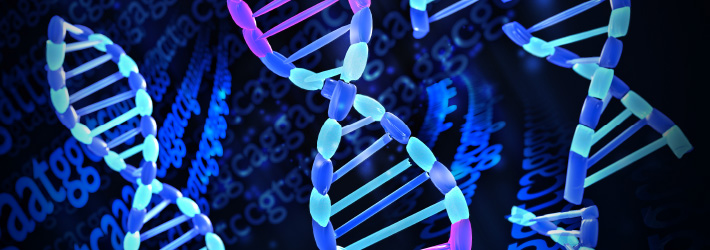On April 22, 2024, the PTAB issued Final Written Decisions in two related inter partes reviews, IPR2023-00070 and IPR2023-00074, upholding two patents that cover Zynteglo® (betibeglogene autotemcel), a gene therapy treatment for adult and pediatric beta-thalassemia. In its FWDs the PTAB found that the challenged claims of Sloan Kettering Institute for Cancer Research (“Sloan Kettering”) U.S. Pat. No. 8,058,061 (“the ’061 patent”) and U.S. Pat. No. 7,541,179 (“the ’179 patent”) were not unpatentable.
Both the ’061 patent and the ’179 patent relate to a recombinant vector, e.g., a lentiviral vector, incorporating a functional globin gene and portions of the β-globin locus control region (“LCR”). Bluebird bio (“Petitioner”) challenged claims 1, 2, 5-8, 11, and 15 of the ’061 patent (reciting a lentiviral-transformed mammalian hematopoietic progenitor cell and methods of making such a cell) as anticipated and/or obvious and claims 1, 10, 19, and 22 of the ’179 patent (reciting a recombinant lentiviral vector) as anticipated and/or obvious in view of various combinations of the May Thesis, May Article, May Abstract and Himanen.
Challenges Based on the May Thesis
The PTAB determined the May Thesis was ineligible as prior art because it represented the work of one of the named inventors and was disclosed less than one year before the asserted effective filing date, and therefore found the claims were not anticipated or obvious.
Challenges Based on the May Article
The May Article describes constructing two recombinant lentiviruses carrying β-globin transcription units. However, the PTAB determined the May Article failed to disclose restriction sites and nucleotide fragments recited in the challenged claims. The PTAB rejected Petitioner’s inherent disclosure argument because the process involved in getting from what was disclosed in the May Article to the claimed LCR fragments involved numerous assumptions and steps such that the claimed invention would not have been “at once envisaged” by a skilled artisan. As a result, the claims were not found to be anticipated.
The PTAB determined that the May Article also did not render the claims obvious because it lacked sufficient detail to adequately guide a person of skill in the art (POSA) to the claimed construct, and that Petitioner’s expert made assumptions to arrive at the claimed invention that the PTAB did not agree a POSA would have made without the benefit of hindsight based on the May Article’s teachings. Accordingly the PTAB found Petitioner failed to establish that a POSA, using the May Article as a guide, was provided “a finite number of identified, predictable solutions” from which to achieve the claimed restriction enzyme fragments.
Challenges Based on the May Abstract
The PTAB found the May Abstract disclosed even less than the May Article and therefore suffered from many of the same issues as discussed above, and again the Petitioner’s arguments were based on impermissible hindsight. Further, the PTAB found that Petitioner and its expert failed to adequately explain and support their methodology for narrowing down the number of possible fragment combinations a POSA would obtain using the May Abstract to 135 combinations, that included the claimed fragment. Further, the PTAB determined that the addition of the Himanen reference did not address the deficiencies in the May Abstract. Therefore, the PTAB found that Petitioner failed to meet their burden to show the challenged claims are unpatentable.
According to bluebird bio, 2023 sales of Zynteglo® were $16.7 million.
For more information about these and other biologics patent disputes, visit BiologicsHQ.
_____________________________________________________
The authors would like to thank April Breyer Menon for her contributions to this article.


